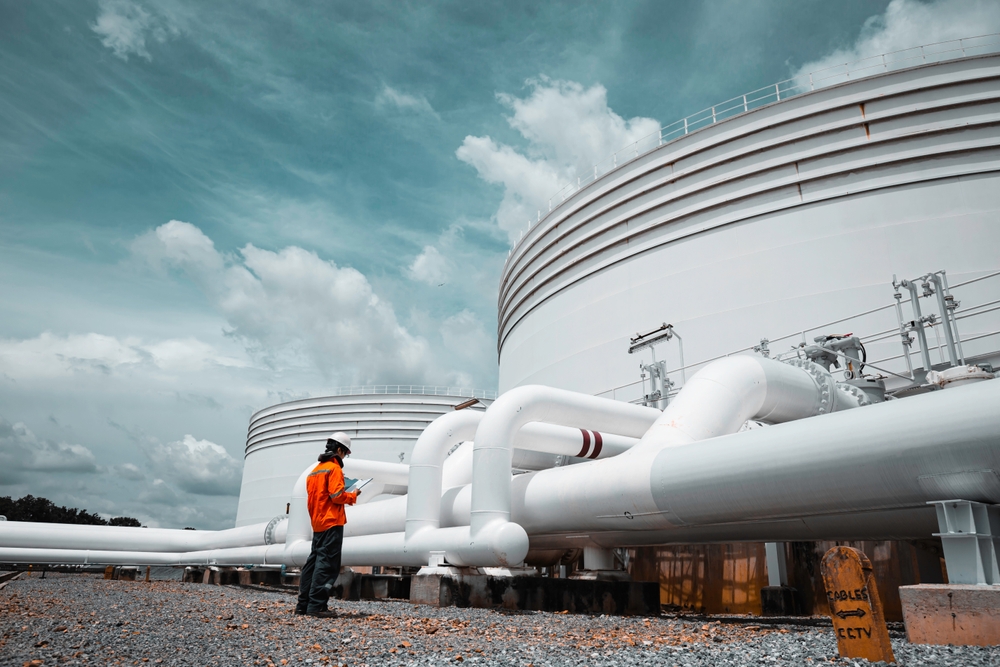

| City | Start Date | End Date | Fees | Register | Enquire | Download |
|---|---|---|---|---|---|---|
| Dubai | 23-06-2025 | 27-06-2025 | 4300 $ | Register | Enquire | |
| Barcelona | 30-06-2025 | 04-07-2025 | 6200 $ | Register | Enquire | |
| Kuala Lumpur | 07-07-2025 | 11-07-2025 | 4950 $ | Register | Enquire | |
| Milan | 14-07-2025 | 18-07-2025 | 6200 $ | Register | Enquire | |
| Manama | 21-07-2025 | 25-07-2025 | 4400 $ | Register | Enquire | |
| Rome | 28-07-2025 | 01-08-2025 | 6200 $ | Register | Enquire | |
| Kuala Lumpur | 04-08-2025 | 08-08-2025 | 4950 $ | Register | Enquire | |
| London | 11-08-2025 | 15-08-2025 | 6200 $ | Register | Enquire | |
| Casablanca | 18-08-2025 | 22-08-2025 | 4950 $ | Register | Enquire | |
| Vienna | 25-08-2025 | 29-08-2025 | 6200 $ | Register | Enquire | |
| Amsterdam | 01-09-2025 | 05-09-2025 | 6200 $ | Register | Enquire | |
| Cairo | 08-09-2025 | 12-09-2025 | 3950 $ | Register | Enquire | |
| Dubai | 29-09-2025 | 03-10-2025 | 4300 $ | Register | Enquire | |
| Barcelona | 06-10-2025 | 10-10-2025 | 6200 $ | Register | Enquire | |
| Madrid | 13-10-2025 | 17-10-2025 | 6200 $ | Register | Enquire | |
| Kuala Lumpur | 20-10-2025 | 24-10-2025 | 4950 $ | Register | Enquire | |
| Dubai | 03-11-2025 | 07-11-2025 | 4300 $ | Register | Enquire | |
| Manama | 17-11-2025 | 21-11-2025 | 4400 $ | Register | Enquire | |
| Dubai | 01-12-2025 | 05-12-2025 | 4300 $ | Register | Enquire | |
| Amsterdam | 15-12-2025 | 19-12-2025 | 6200 $ | Register | Enquire | |
| Madrid | 29-12-2025 | 02-01-2026 | 6200 $ | Register | Enquire |
Several types of valves are crucial to the functions of power plants and are widely applied in the oil and gas sector for process control and safety. Adhering to the principles of valve functioning is essential for achieving high-quality processes, equipment uptime, and optimal costs in the oil and gas sector. Specific flow regimes are suitable for certain types of valves; therefore, proper valve selection is vital. Understanding any valve-related aspect is fundamental to the proper diagnosis and repair of equipment within the sector.
Upon completing this oil and gas selection, operation, maintenance, and troubleshooting course, participants will be able to:
Unit 1: Basics of Valve Technology and Sizing
Unit 2: Control Valves
Unit 3: Check (Non-Return) Valves
Unit 4: Relief and Safety Valves: Function and Operation
Unit 5: Valves Diagnostics and Troubleshooting

.jpg)
.jpg)
.jpg)















